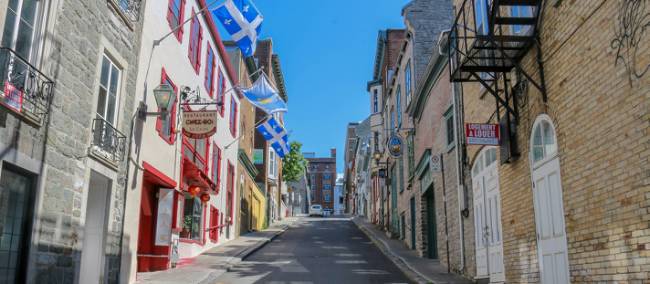
Admire the historic architecture in Old Quebec City
Blog home / A Guide to our Canadian UNESCO World Heritage Sites
By Robin Esrock
In a tribute to evolution, we’ve all recognized that some places are so incredibly unique they simply must be preserved. The fact that there are, as of writing, 1199 protected UNESCO World Heritage Sites in 168 countries suggests that it is possible to universally collaborate, coordinate, and celebrate our planet’s natural, cultural, scientific and historical wonders. UNESCO’s list is decided by an international committee, and a designation is a very big deal: not only does it ensure the site will be protected and conserved for posterity, it becomes a massive tourism attraction. Canada has more than two dozen sites on the UNESCO World Heritage List distributed throughout the country. Let’s take a closer look at the sites you could encounter on your next active holiday in Canada.
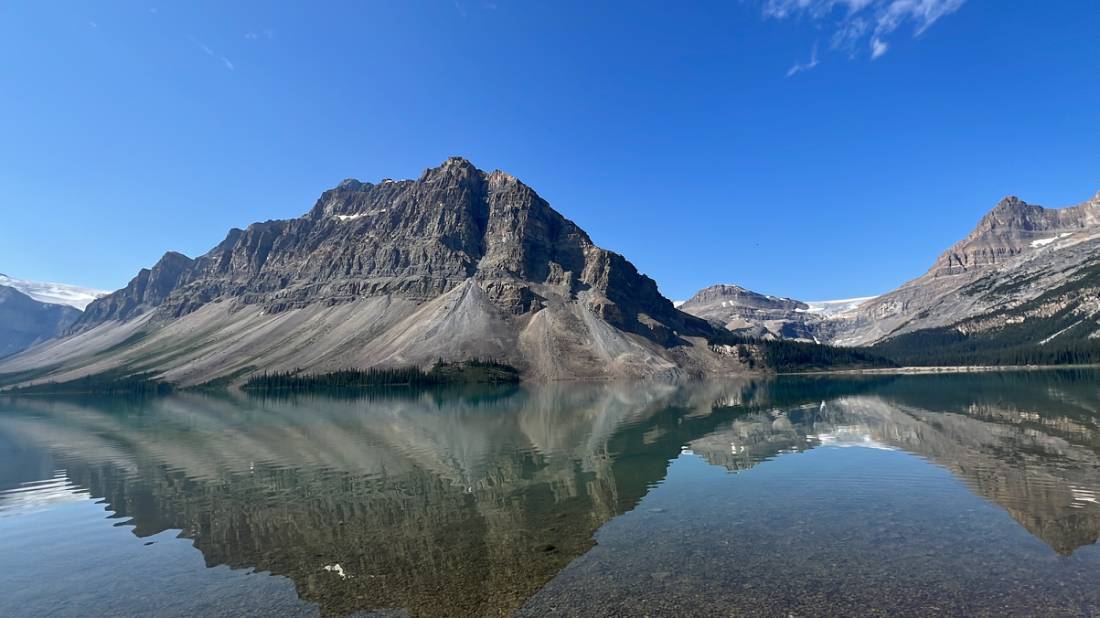
Canadian Rocky Mountain Parks, Alberta, British Columbia, and Yukon: Comprising Banff, Jasper, Kootenay, Yoho and several provincial parks, the Canadian Rockies are recognized for their outstanding geological and physiographical formations, a vital habitat for threatened species of animals and plants. While props are given for their natural beauty, Cambrian period marine fossil deposits and ecological diversity, it’s their abundance of outdoor adventures that grab our attention. You’ll encounter this UNESCO site in all its towering glory on our Canadian Rockies adventures.
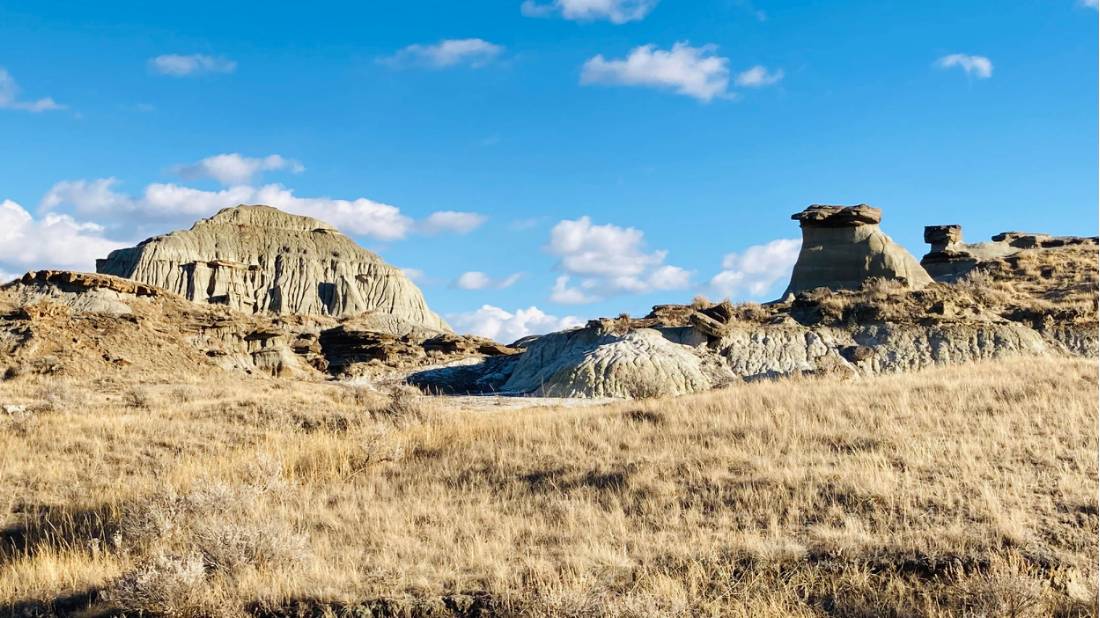
Dinosaur Provincial Park: Welcome to one of the richest dinosaur fossil sites in the world, a striking semi-arid terrain of hoodoos, badlands, and 75-million-year-old treasures. More than 150 complete dinosaur skeletons have been unearthed in this paleontological paradise, which easily qualifies for World Heritage Status due to scientific and (pre)historical importance. The strange rock formations and alien-like landscape that wow guests are located in Southern Alberta.

Gros Morne National Park, Newfoundland and Labrador: Nobody quite understood how tectonic plates worked until a geologist uncovered an exposed mantle on the beautiful edge of Western Newfoundland. His theory of continental drift was finally confirmed, but today, we don’t flock to Gros Morne for the science. Inland fjords, glacier-carved coastal cliffs, waterfalls and mountains make for staggering scenery, enjoyed from hiking trails, boardwalks or a boat ride up the iconic Western Brook Pond. The important science and wild geology are pretty cool, too.
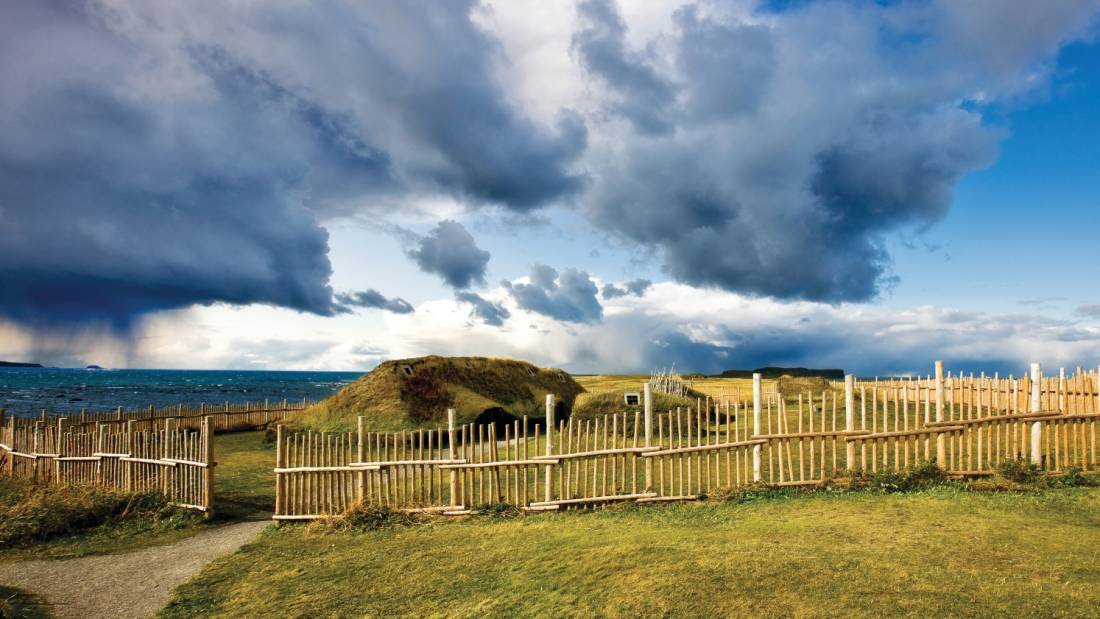
L'Anse aux Meadows National Historic Site, Newfoundland and Labrador: In 1492, Christopher Columbus was the first European to discover North America…as if. It is now a documented fact that Vikings settled on the northern peninsula of Newfoundland in the 11th century, with various artifacts and dwellings unearthed at this remarkable site. Managed by Parks Canada, welcome to the earliest European settlement in the New World, complete with turf houses, swellings, workshops and a forge. Nobody knows why the Vikings eventually packed up and sailed home across the ocean or if L'Anse aux Meadows is the mythical Vinland described in Icelandic sagas. It’s a fascinating place to visit.
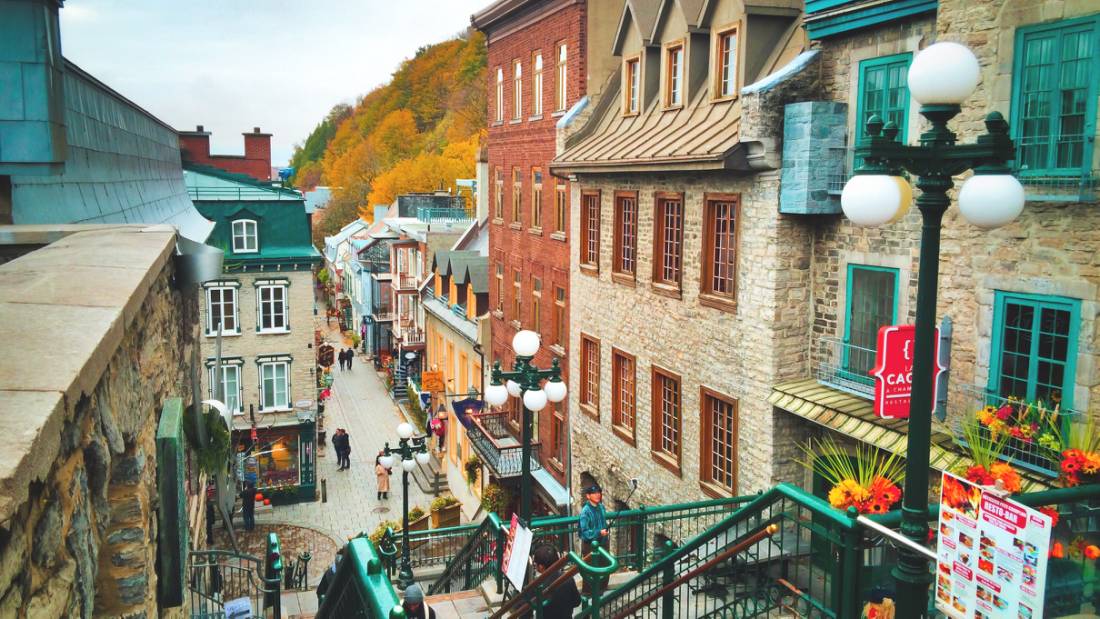
Historic District of Old Québec: No, you didn’t just tumble down a wormhole and emerge somewhere in Europe. No other city in North America looks anything like Quebec City, which UNESCO recognizes as a uniquely preserved example of a fortified colonial city. The capital of what was once New France was founded in the 17th century, and it continues to greet visitors with its castle bastions and ramparts, cobblestone streets, galleries, bistros, and views over the St Lawrence River. The towering Château Frontenac completes the iconic skyline, and the old town is unlike anything to be found north of Mexico. It’s the perfect destination to combine with your bike touring trip in La Belle Province.
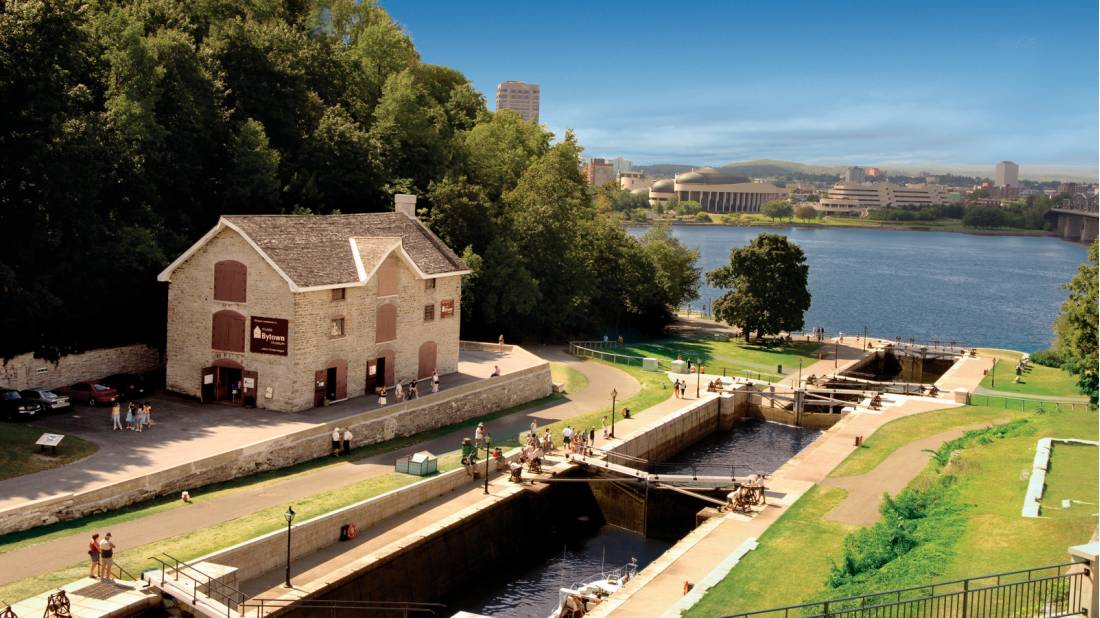
The Rideau Canal, Ottawa: War was brewing with the United States, so Canadian engineers built an extensive canal to link Ottawa and Kingston and prevent any blockades on the St Lawrence River. Today, UNESCO recognizes this canal as a well-preserved example of 19th-century military infrastructure and an enduring international cultural and historical landmark. Running over 202 kilometres with locks, blockhouses, woodland pathways and bridges, visitors can explore the canal by bicycle, foot, boat, or skates (when the water freezes to create one of the longest skating rinks in the world). Our Ottawa to Kingston by Bike itinerary kicks off where the Rideau Canal meets the towering buildings on Parliament Hill and is just steps away from our headquarters in Bytown market.
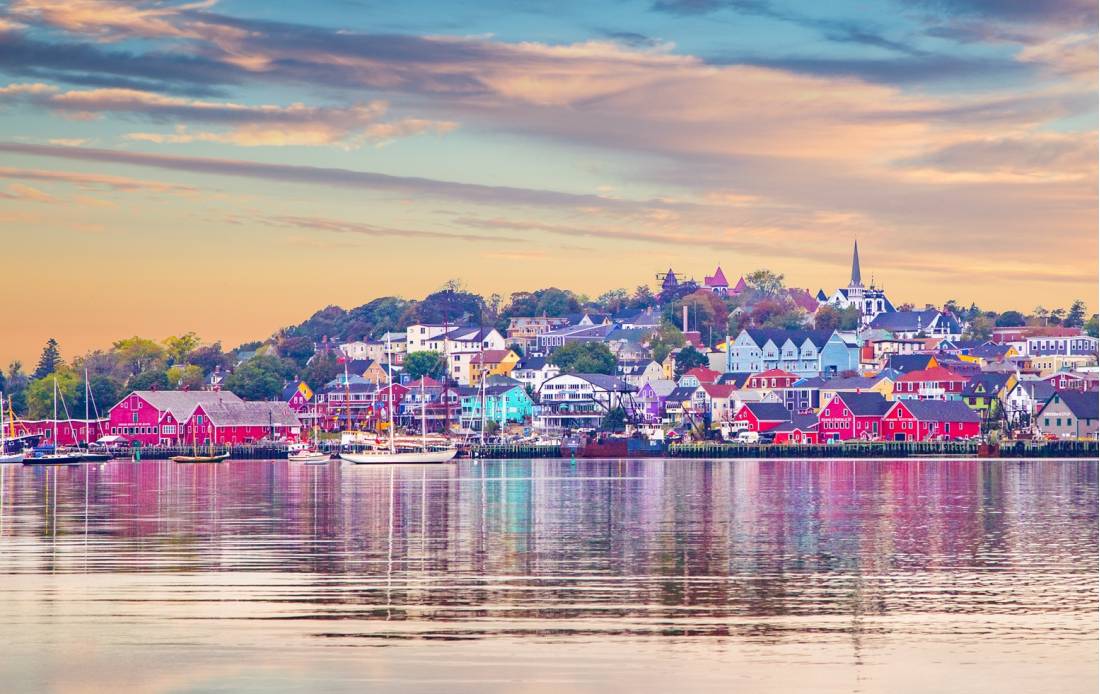
Lunenburg, Nova Scotia: Dating back to 1753, Lunenburg gets its UNESCO World Heritage nod as the best surviving example of a planned British colonial settlement in North America. The town looks and feels like the epitome of the Maritimes: colourful clapboard houses, narrow streets, and plenty to recall its important role in the Atlantic cod fishing industry. There’s much to learn at the excellent Fisheries Museum of the Atlantic and on a tour of the famous Bluenose racing schooner, which is engraved on the back of Canada’s dime coin. Walk or bike through the street grid to view grand old houses, many with interesting stories and designs. You can reach Lunenburg by bike via the Rum Runners Trail, which follows a flat, gravel track through the fishing communities and sheltered coves that aided smugglers during prohibition.
The Full List of Canada’s UNESCO World Heritage Sites (as of April 2024)
- Head-Smashed-In Buffalo Jump (Alberta)
- Dinosaur Provincial Park (Alberta)
- Wood Buffalo National Park (Alberta/Northwest Territories)
- Canadian Rocky Mountain Parks (Alberta/British Columbia)
- Waterton Glacier International Peace Park (Alberta/British Columbia)
- SGang Gwaay (British Columbia)
- Historic District of Old Québec (Quebec)
- L'Anse aux Meadows National Historic Site (Newfoundland and Labrador)
- Nahanni National Park Reserve (Northwest Territories)
- Kluane/Wrangell-St. Elias/Glacier Bay/Tatshenshini-Alsek (Yukon/British Columbia/Alaska, USA)
- Gros Morne National Park (Newfoundland and Labrador)
- Red Bay Basque Whaling Station (Newfoundland and Labrador)
- Joggins Fossil Cliffs (Nova Scotia)
- Landscape of Grand Pré (Nova Scotia)
- Miguasha National Park (Quebec)
- Rideau Canal (Ontario)
- Pimachiowin Aki (Manitoba/Ontario)
- Writing-on-Stone/Aisinai'pi (Alberta)
- Mistaken Point (Newfoundland and Labrador)
- Lunenburg Old Town (Nova Scotia)
- Anticosti (Quebec)
- Tr’ondëk-Klondike (Yukon)